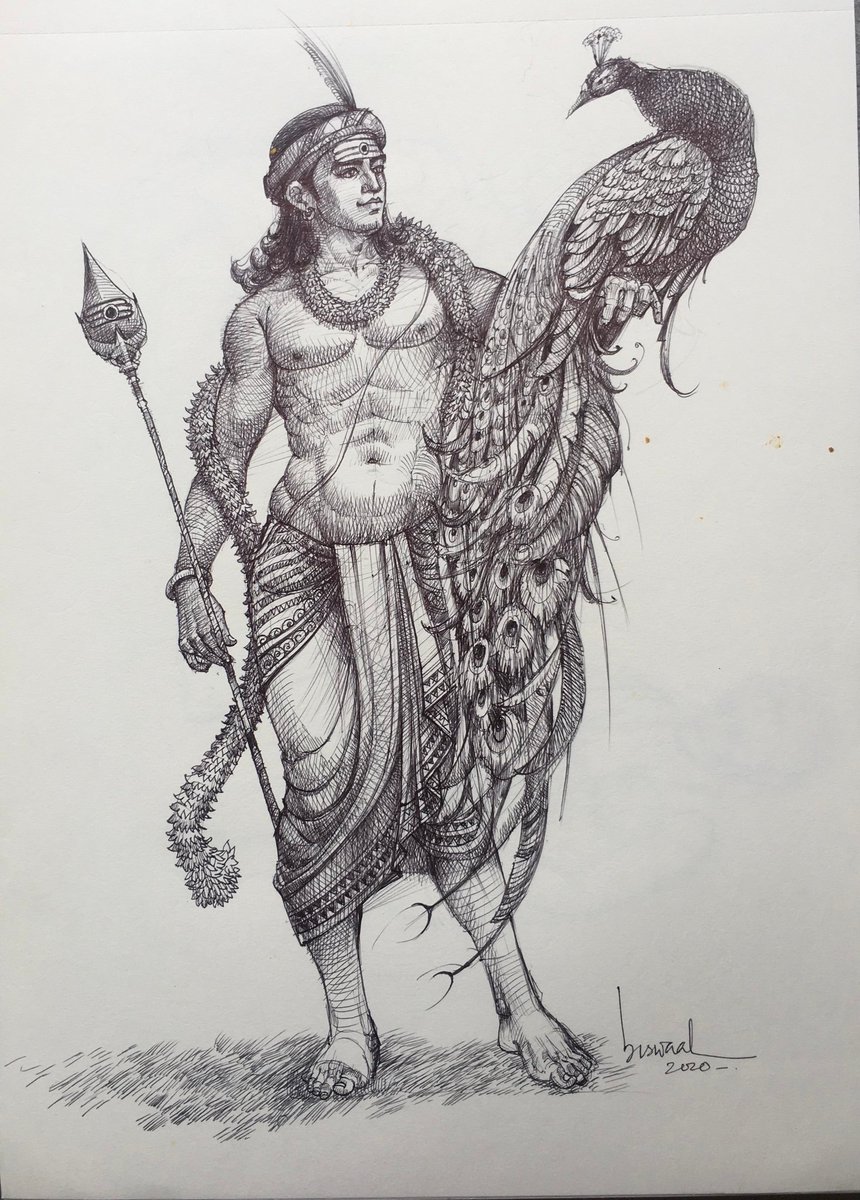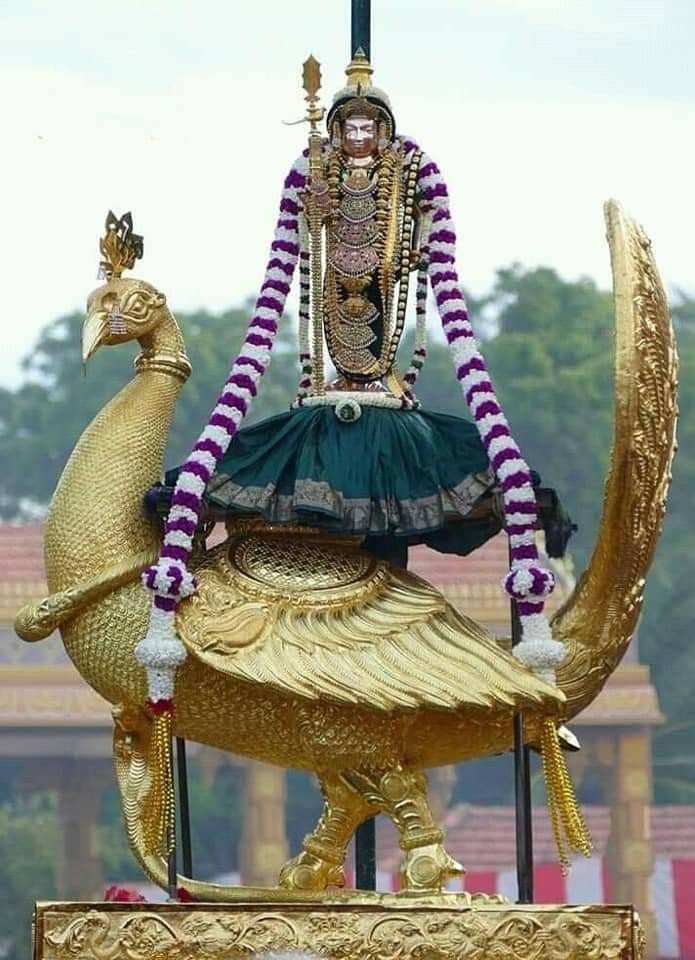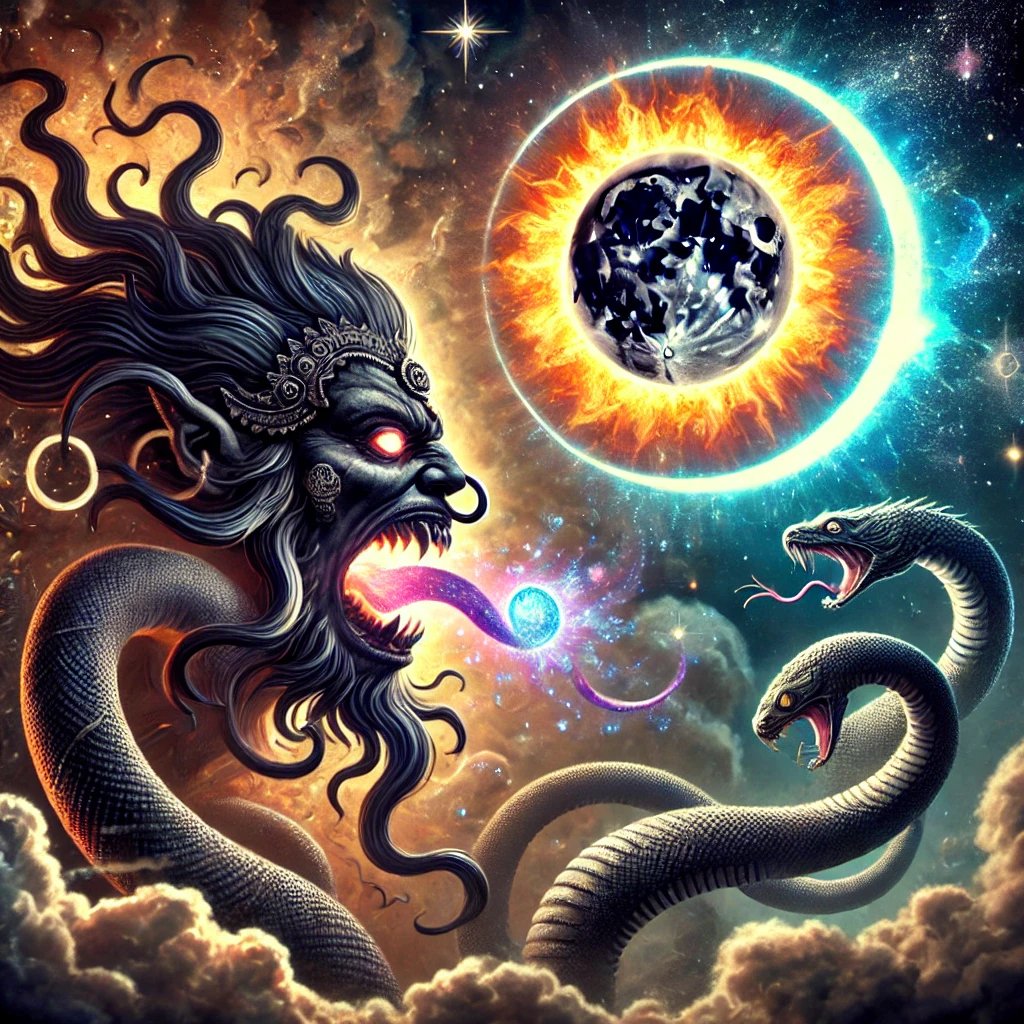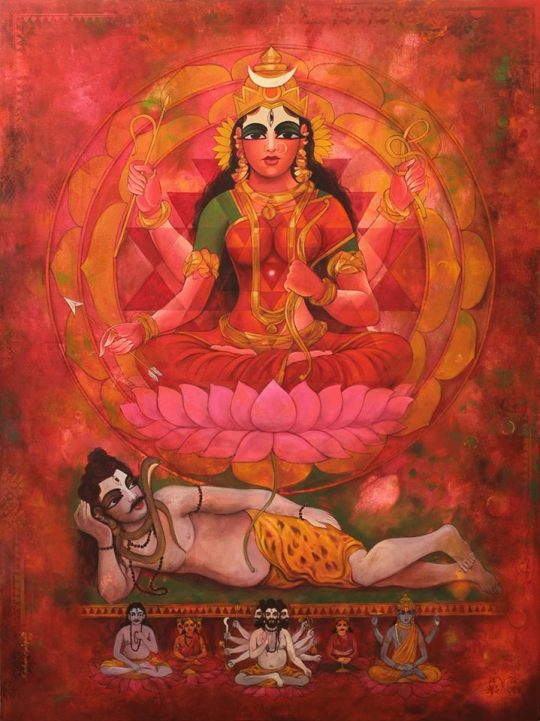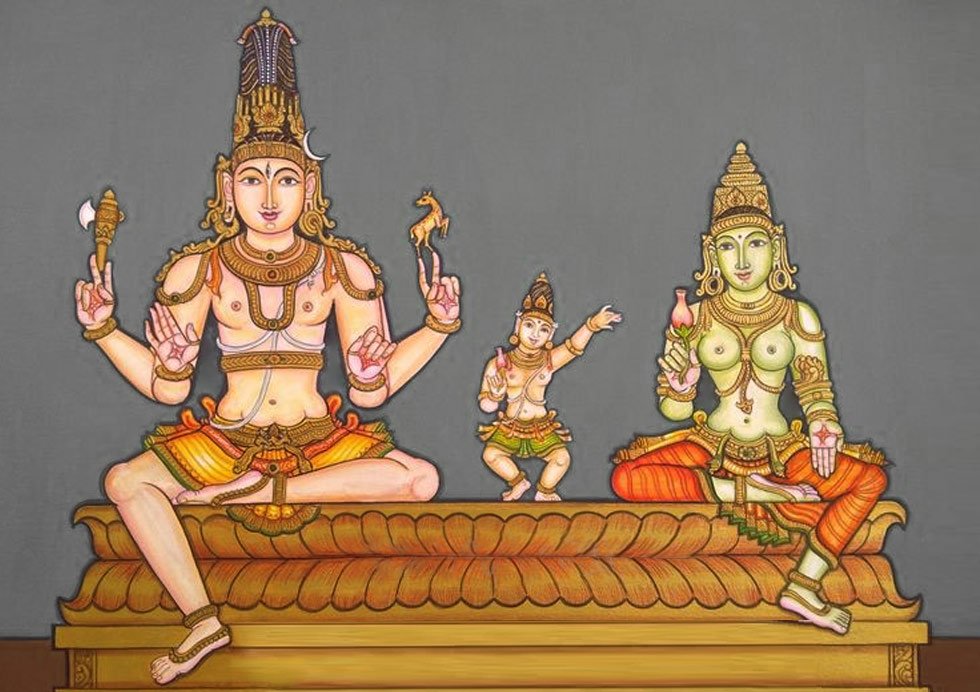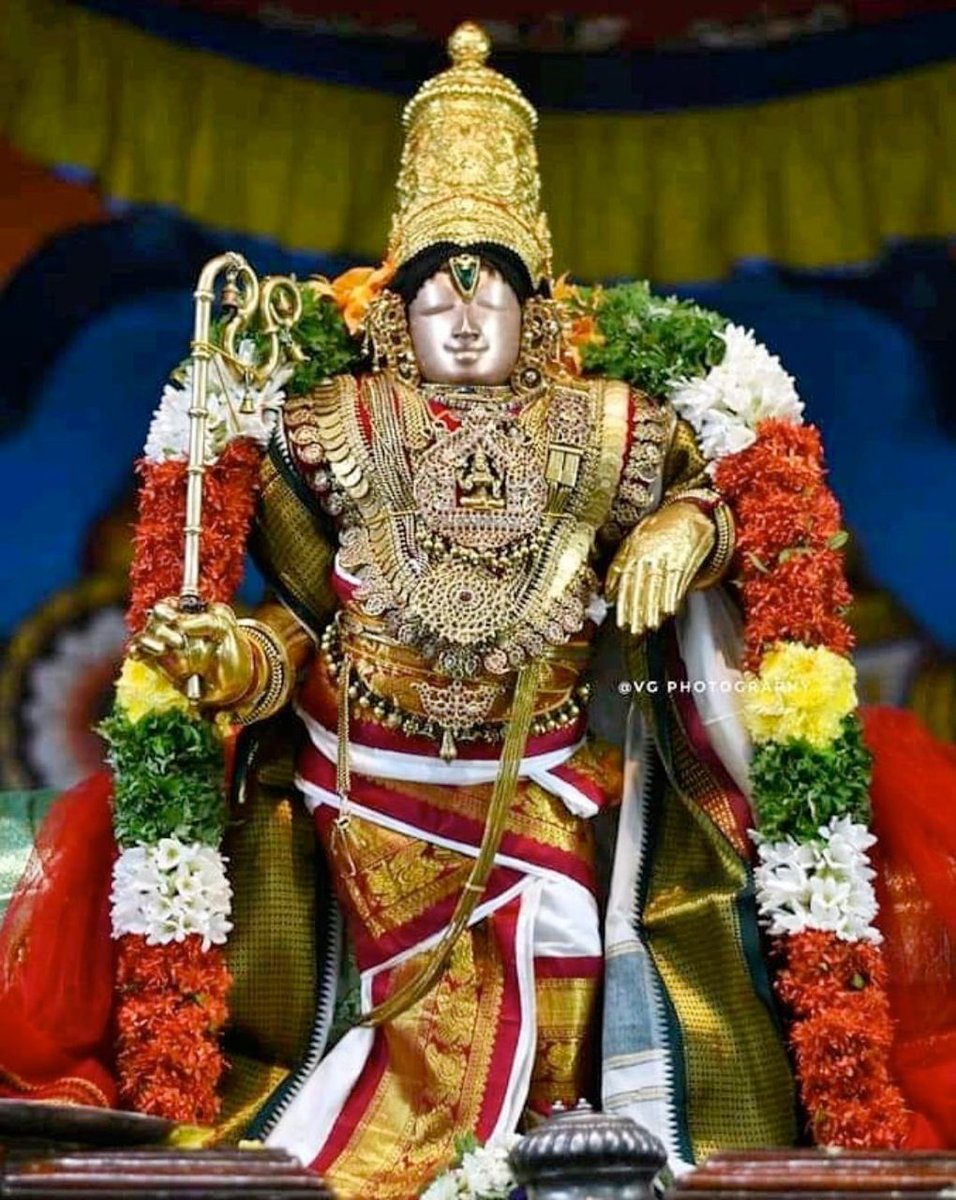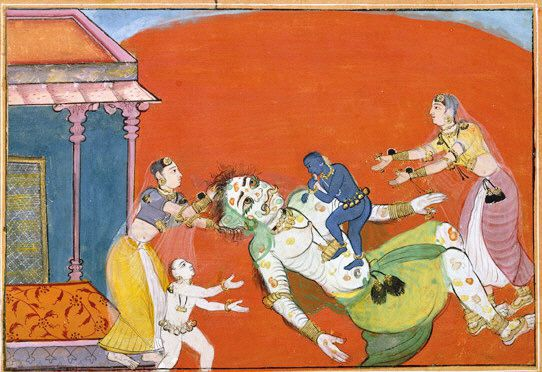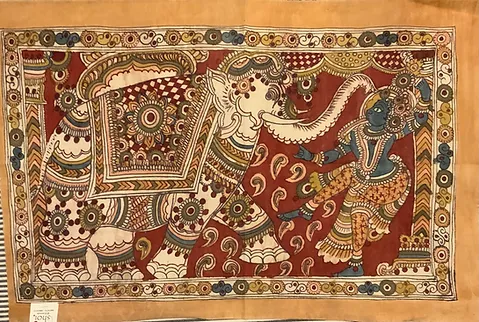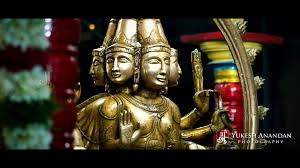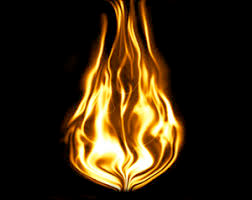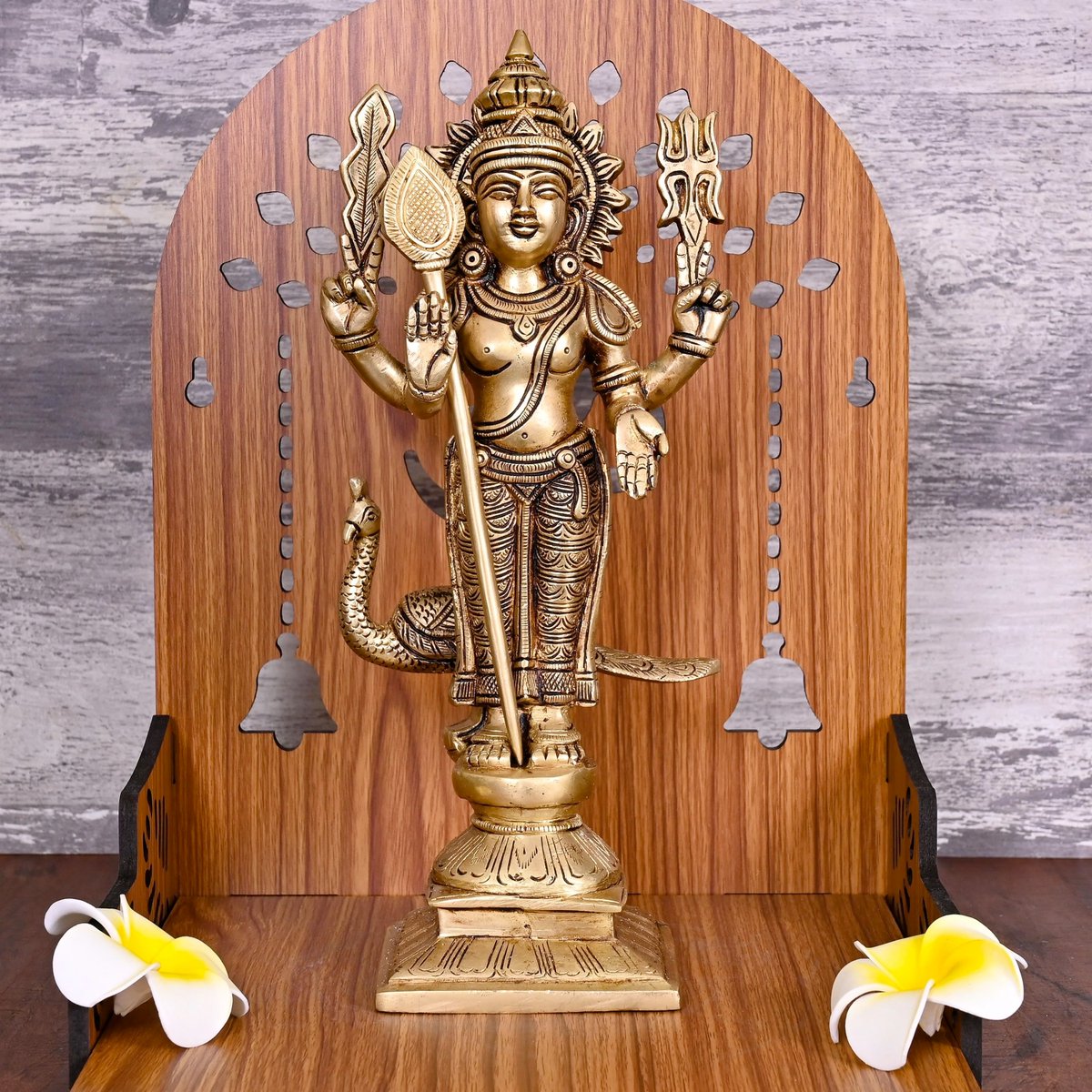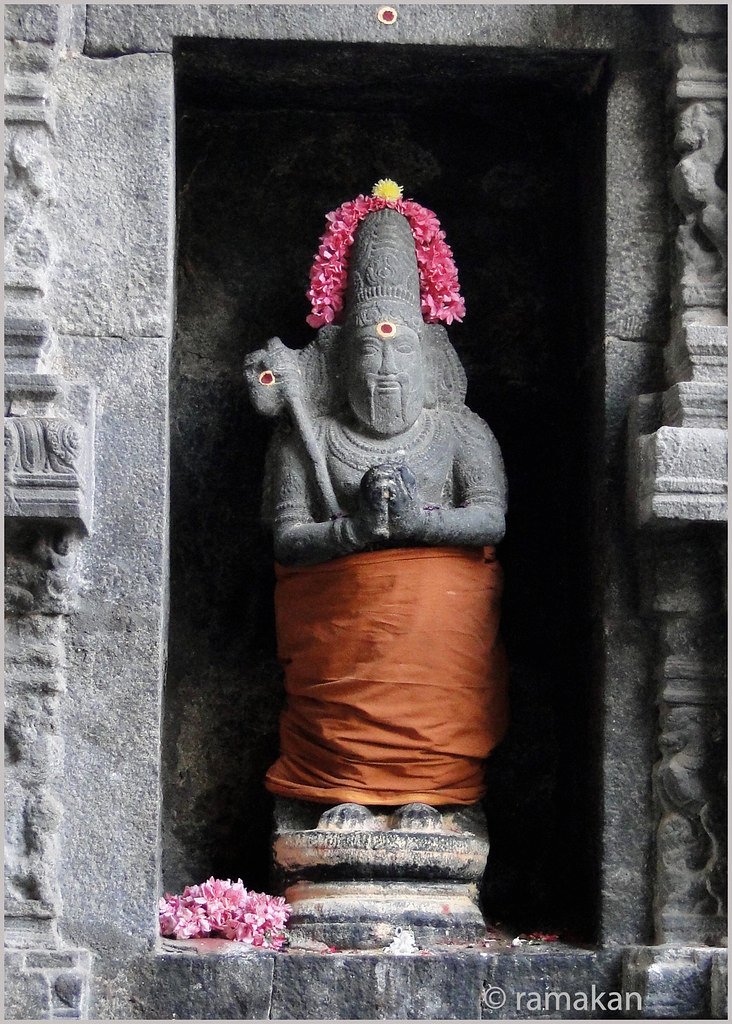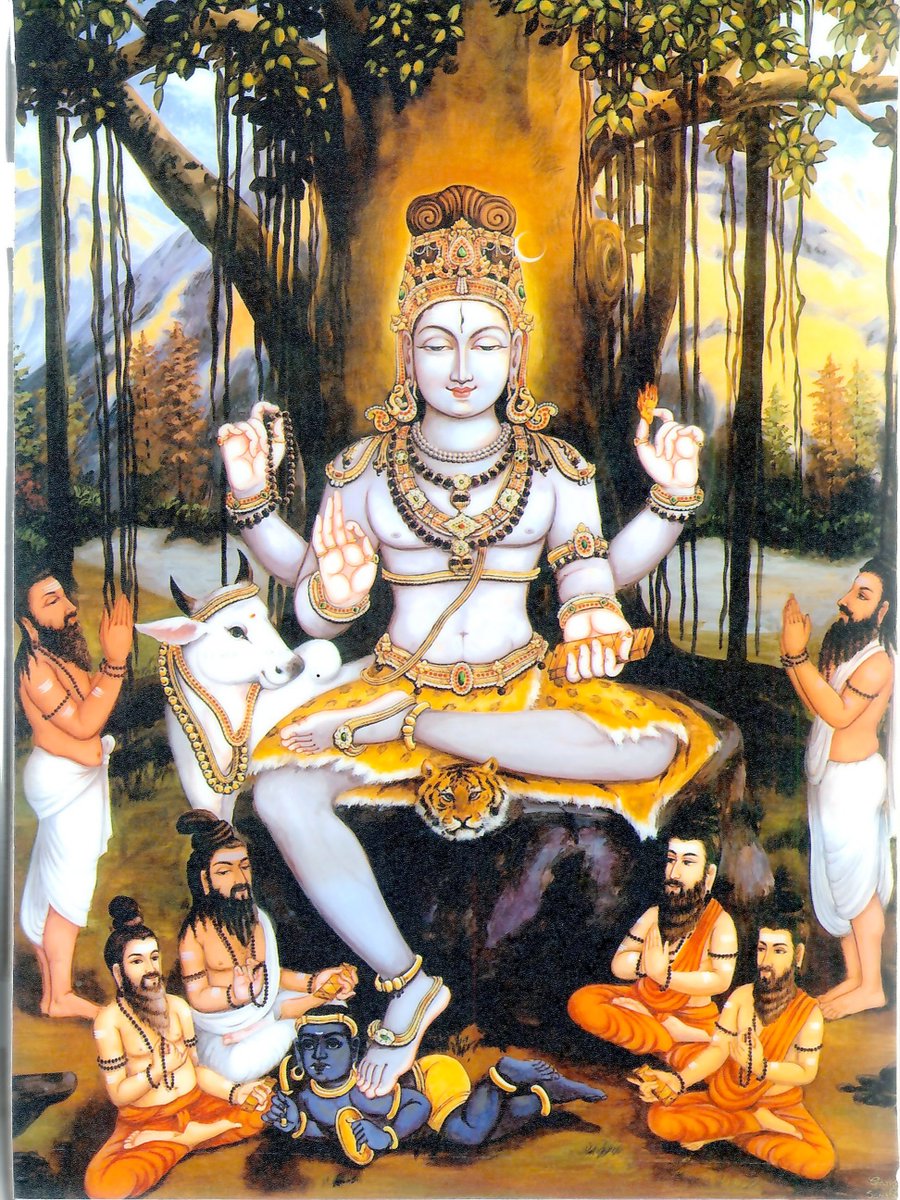Kashi's revival is Bharat's revival. Southern states, Tamilnadu included, have a deep connection with Kashi. This affection is reflected in the many Kashi Vishwanathar temples across TN and the many Bhakti saints like Appar, Arunagirinathar, and Kumarguruparar journeying to Kashi




The affection is such that Kaveri is hailed as the Southern Ganges. The great poet Bharatiyar beautifully wove together the essence of Kanchi and Kashi in his works, highlighting the spiritual and cultural threads that unite these two iconic cities.


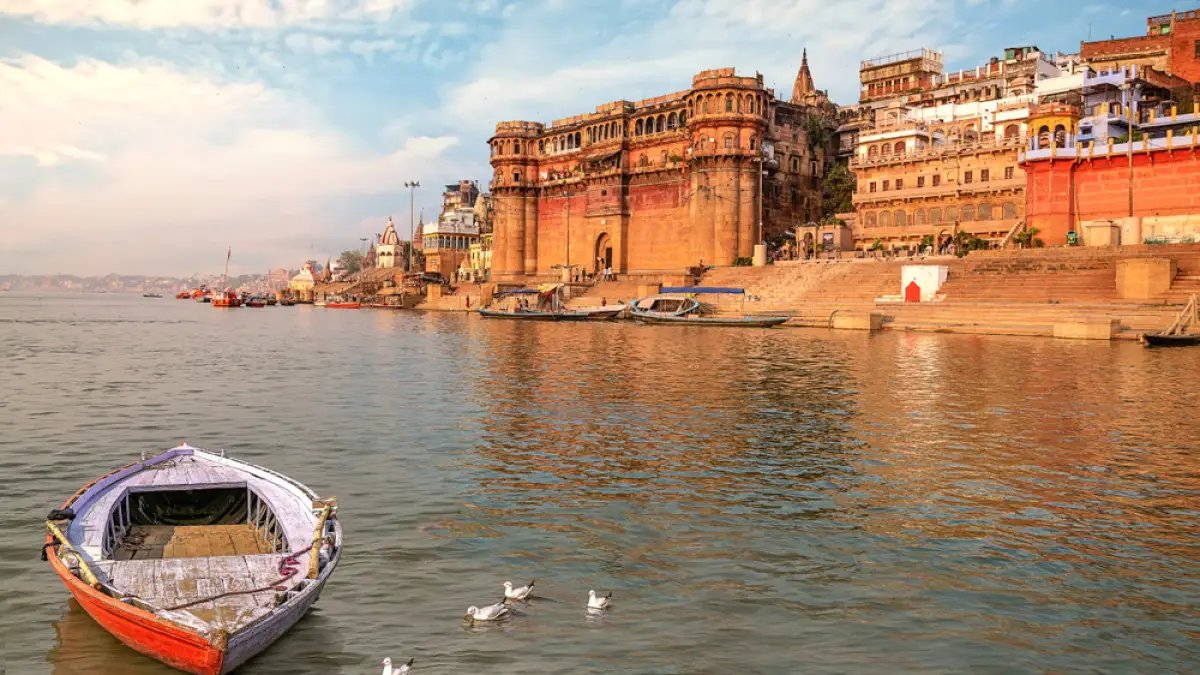

From the symbolic Kashi Yatra in vivaha to the Sraddha held at Kashi, this city is intricately woven into the cultural fabric of South Indian weddings and spiritual practices. The south has witnessed great spiritual leaders undertaking journeys north, sparking cultural revivals


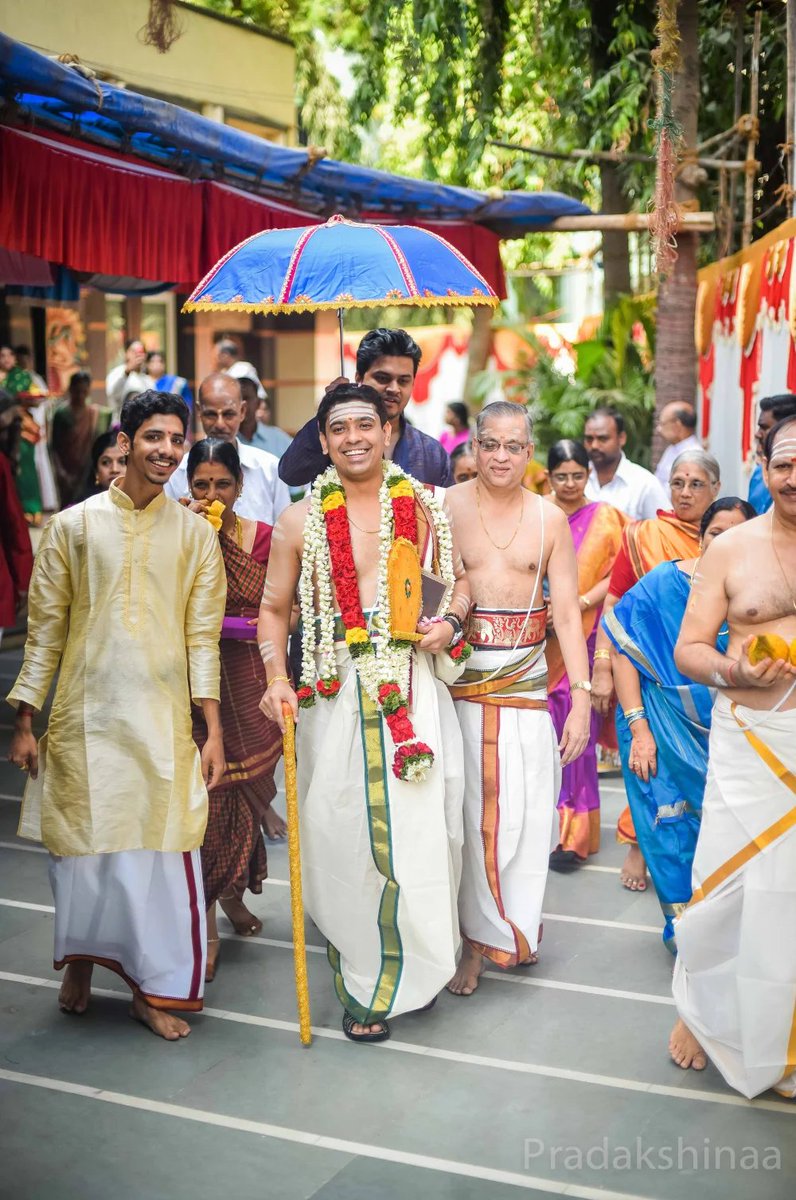
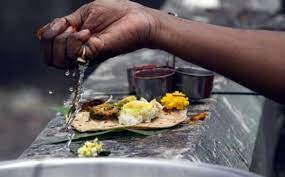
Revival of Kashi is revival of India. Kumaraguruparar Swamy stands out for his crucial role in reviving the Kedareshwar temple in Kashi. Similarly, Dikshitar's northern sojourn to Kashi enriched his Carnatic compositions with Hindustani elements, creating a beautiful fusion


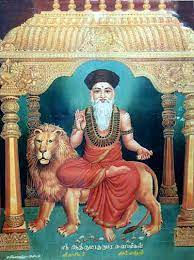

Kashi serves as a unifying ground for all sects within our Dharma. For example, Purandaradasa, a follower of Madhva philosophy, says "ಬಿಂದು ಮಾಧವನ ಘಟ್ಟಕ್ಕೆ ಹೋಗುವೆ ತಾರೇ ಬಿಂದಿಗೆಯ Bindu Madhavana Ghattake hoguve, tare bindigeya." about the Bindu Madhava temple and ghat at Kashi. 

Arunagirinathar also includes a couple of Tiruppugazhs dedicated to Kashi, where he addresses Kartikeya 'O Kartikeya, Son of Siva, who bears the black mark of poison on his throat and is the consort of Uma. Your divine abode is at Kashi, on the banks of the Ganga river". 

In this specific Tiruppugazh, "வேழம் உண்ட/Vezham Unda," he recalls the moment when Kartikeya, in the form of Gnana Sambandhar, triumphed over the Shramanas in Madurai, leading to their defeat and their subsequent fate at the gallows.



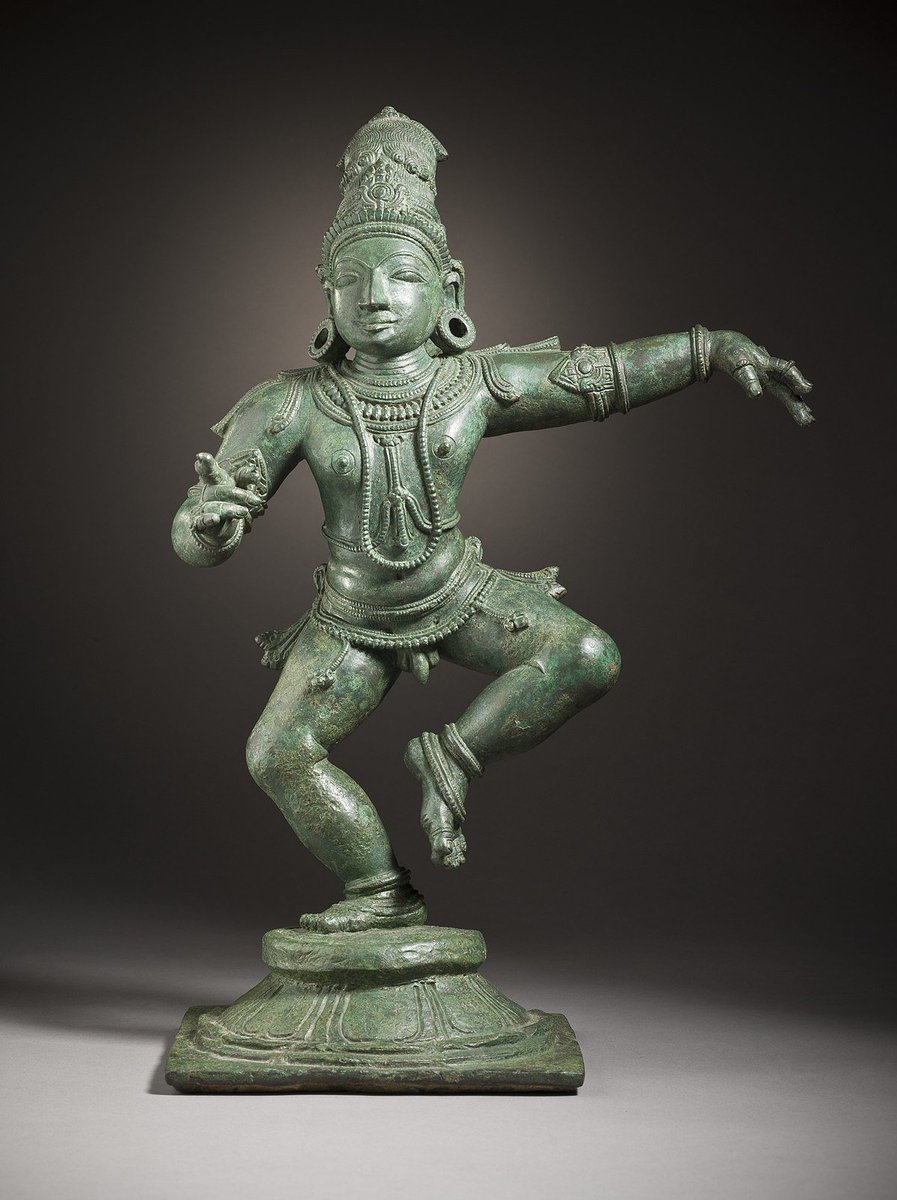
வேழம் உண்ட விளாகனி அது போல
மேனி கொண்டு, வியாபக மயல்ஊறி,
நாளும் மிண்டர்கள் போல்மிக அயர்வு ஆகி,
நானும் நைந்து விடாது, அருள் புரிவாயே,
மாள அன்றுஅமண் நீசர்கள் கழு ஏற,
வாதில் வென்ற சிகாமணி! மயில்வீரா!
காள கண்டன் உமாபதி தருபாலா!
காசி கங்கையில் மேவிய பெருமாளே!
மேனி கொண்டு, வியாபக மயல்ஊறி,
நாளும் மிண்டர்கள் போல்மிக அயர்வு ஆகி,
நானும் நைந்து விடாது, அருள் புரிவாயே,
மாள அன்றுஅமண் நீசர்கள் கழு ஏற,
வாதில் வென்ற சிகாமணி! மயில்வீரா!
காள கண்டன் உமாபதி தருபாலா!
காசி கங்கையில் மேவிய பெருமாளே!
In raga Saranga
• • •
Missing some Tweet in this thread? You can try to
force a refresh


